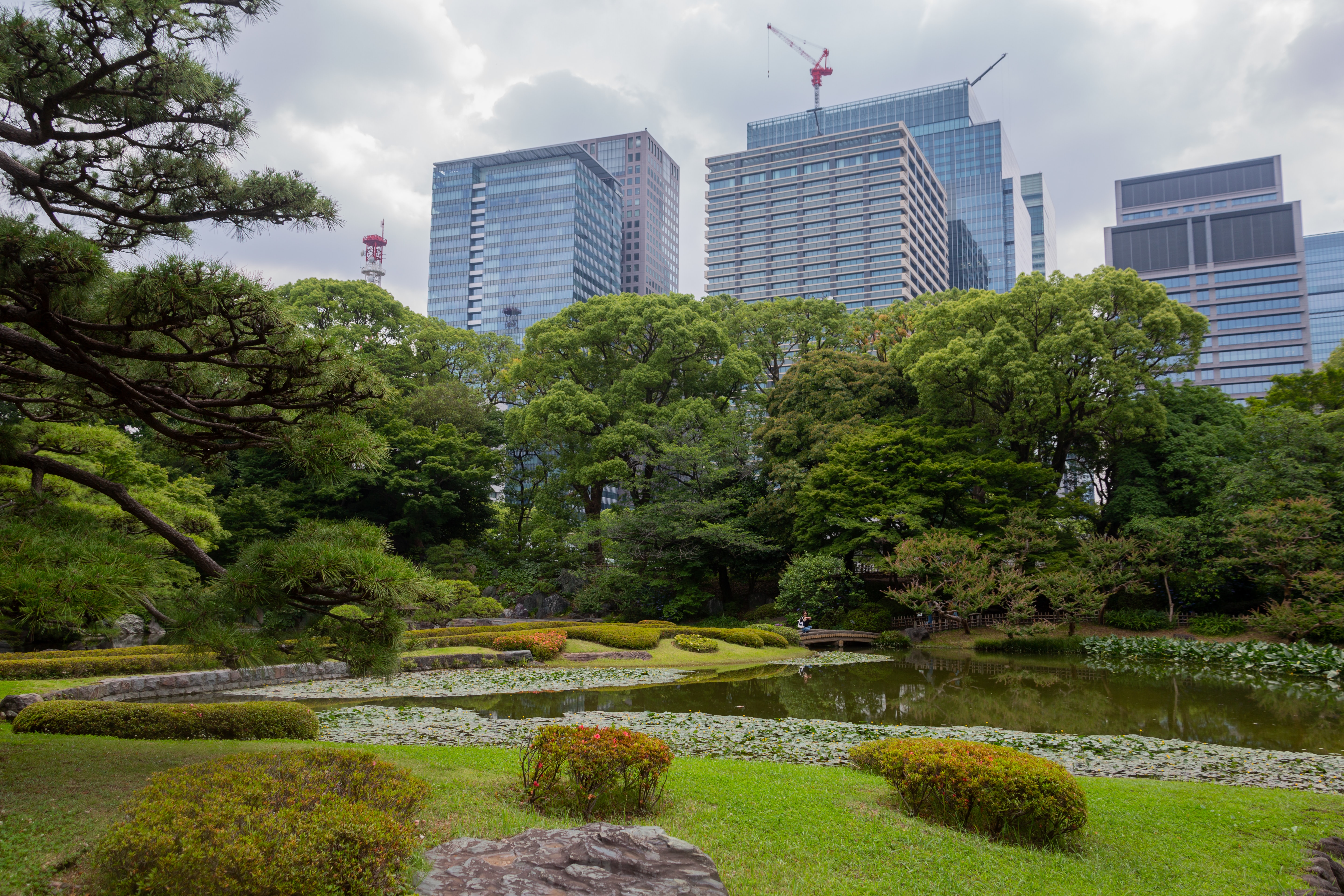Integrating urban biodiversity, natural capital accounting and nature-based solutions

Integrating urban biodiversity, natural capital accounting and nature-based solutions

This Good Practice Guide focuses on the key elements to support cities in the launch and implementation of successful cool surface programs, leading to better economic, social, and environmental outcomes for cities.
Planting trees to improve urban air quality, converting abandoned industrial sites into urban parks, greening roofs to reduce buildings’ energy use, and restoring degraded wetlands to prevent floods: Nature-based solutions are increasingly being implemented in urban areas to enhance resilience, support sustainable development, and safeguard biodiversity. This briefing sheet includes good practice examples from Germany and China to showcase the potential of nature-based solutions for urban areas emphasizing their multiple social, environmental and economic benefits.
Dortmund has transformed from a major industrial city into the “green metropolis” of Germany’s Westphalia region. Following World War II and the closure of major coal mines and steel plants, the city undertook a major sustainable redevelopment project which led to marked improvements to municipal water management and sustainable design. The results of this case study show that cities caught in antiquated infrastructure or modes of living may find success in adopting more sustainable practices.
The study “Operationalizing the Urban NEXUS” is founded on pioneering experiences from cities all over the world that have recognized the crucial interlinkages between sectors such as water, energy and food – now commonly understood as the “Water-Energy-Food security NEXUS” .
Many of the products people use on a daily basis are made from fossil raw materials. However, ‘bio-based’ alternatives for these products are available at an increased rate. Bio-based products are an important step in the transition to the bioeconomy. In the bioeconomy renewable biological resources (“biomass”) replace fossil raw materials. This guidance lays out a pathway for public authorities to support this transition by purchasing bio-based materials.
Global concern for the challenges posed by land degradation has been affirmed by target 15.3 of the Sustainable Development Goals (SDGs), which is aimed at halting and reversing land degradation. Engaging with the challenges posed by land degradation in the 21st century requires a systematic approach that recognizes urban activities as a meta-underlying driver and includes the existing and potential contributions of local and regional governments as part of the solution.